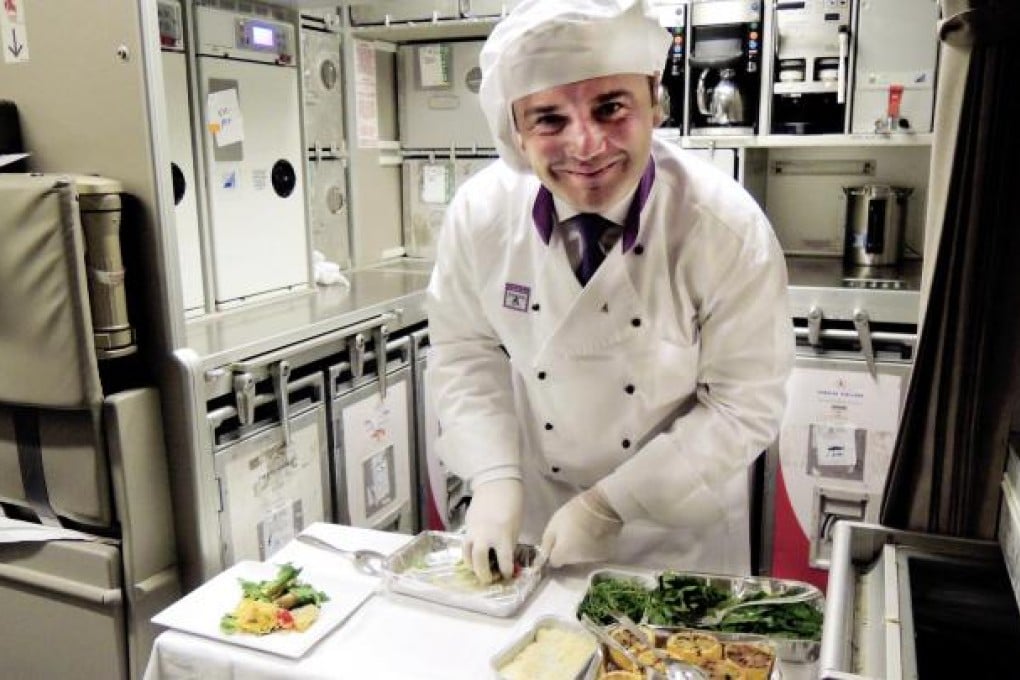
Eating on an aircraft is a dreadful prospect. Especially in economy class, airlines provide a poorer version than what is on display at frozen aisles at a supermarket.
We, the passengers, are guilty too: our behaviour towards food changes on planes. We lower the standard of what we allow ourselves to eat because it is difficult to say no to free food.
However, we can eat better when we fly and we can have hope for the future, as airlines are recognising that better food might help them win more passengers.
Airlines give several excuses why the food experience they provide is not fun (although one wonders why food in airport lounges is often equally bad). Food cannot be cooked on aircraft as open flames are banned on board. It can only be reheated in dry ovens, although newer planes are introducing steam ovens.
At altitude, you lose about 20 to 30 per cent of your sense of taste, as the decreased humidity in the cabin dries out your nose and the increased cabin pressure numbs taste buds. This prompts airlines to salt food heavily. But through the smarter use of natural flavouring, they can make food taste better.
Despite clear technical limitations, economics doesn't help airlines make good food decisions either. The slightest variation in your food tray means significant price differences. According to a report in , a few years ago Delta Airlines saved US$250,000 a year by cutting 30 grams from its steaks. The airline has also calculated that it might save a further US$210,000 by removing a single strawberry from salads served in first class on domestic routes.
